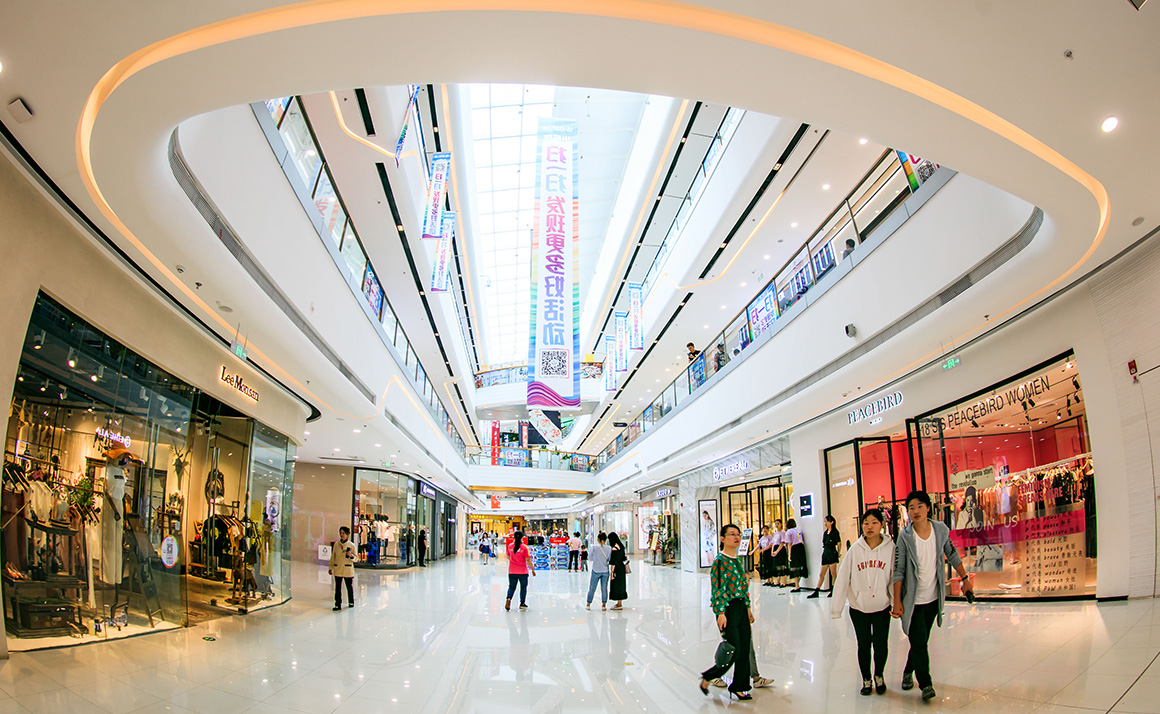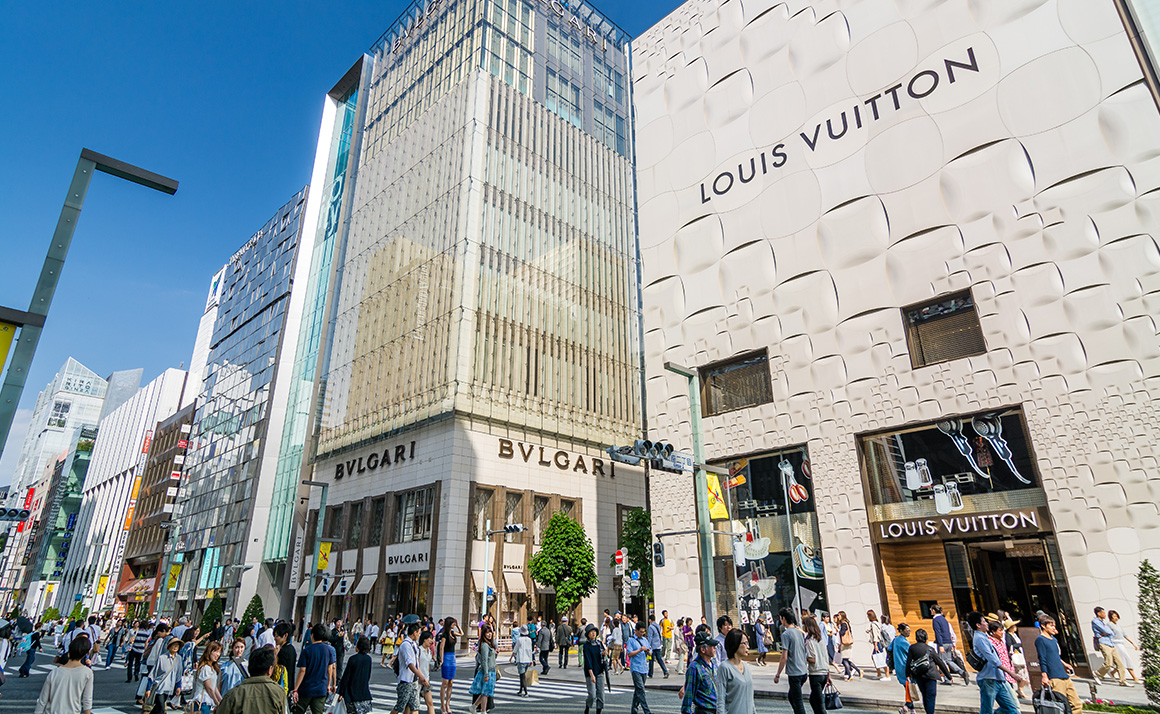
Retail REITs clear new path for China developers
Chinese developers can now utilize Chinese Real Estate Investment Trusts (C-REITs) to raise capital for their retail holdings.
Chinese developers have a new avenue to raise capital, following rules which allow retail properties to be listed via a Chinese real estate investment trust (C-REIT)
However, the Chinese retail market will continue to battle oversupply and rising e-commerce penetration.
In March, the National Development and Reform Commission and China Securities Regulatory Commission unveiled new policies for C-REITs, including allowing REITs’ underlying asset types to include retail properties such as shopping centres and department stores.
Previously, only income streams from infrastructure projects (including data centres), industrial & logistics and affordable rental housing properties were allowed to be securitised via a C-REIT. Since 2021, 24 C-REITs have raised a total of RMB75 billion.
James Macdonald, Head of Research & Strategy at Savills China, says C-REITs could be used to raise capital from retail holdings. “Domestic developers have increased their focus on commercial mixed-use developments in the last decade. While the offices can often be sold off to end users and institutional investors, very few retail properties tend to trade and will likely be held on the developers’ books.
“As developers look to pay down debts they need to monetise current assets with the retail properties likely the hardest to exit. The extension of the C-REIT regime is a new option for developers to raise capital.”
The most likely candidates for a successful retail property C-REIT are portfolios of branded malls, such as MixC, developed by China Resources, Paradise Walk, by Longfor Group and Seazen Holdings’ WUYUe plazas.
A C-REIT could form an alternative means for a developer such as Dalian Wanda, which has been trying to list its Wanda Mall unit in Hong Kong, to release value from the portfolio and pay down debt.
More developers are seeking to move towards an asset-light model, which means they can generate fee income while maintaining a leaner balance sheet. At the same time, domestic investors are looking for secure income streams.
However, the new rules will not fill retail in the many areas facing worsening oversupply, says Macdonald. Savills data show double-digit shopping centre vacancy in most major markets in China.
“Many markets have too much retail already and more under development. We are still seeing online sales encroaching on the bricks-and-mortar sector, and competition from new builds. Asset managers are having to work extra hard and smart to pull consumers in. It is not enough to just provide a space anymore, you need to provide customers with an experience.”
Further reading:
Savills China Insight & Opinion
Contact Us:
James Macdonald



